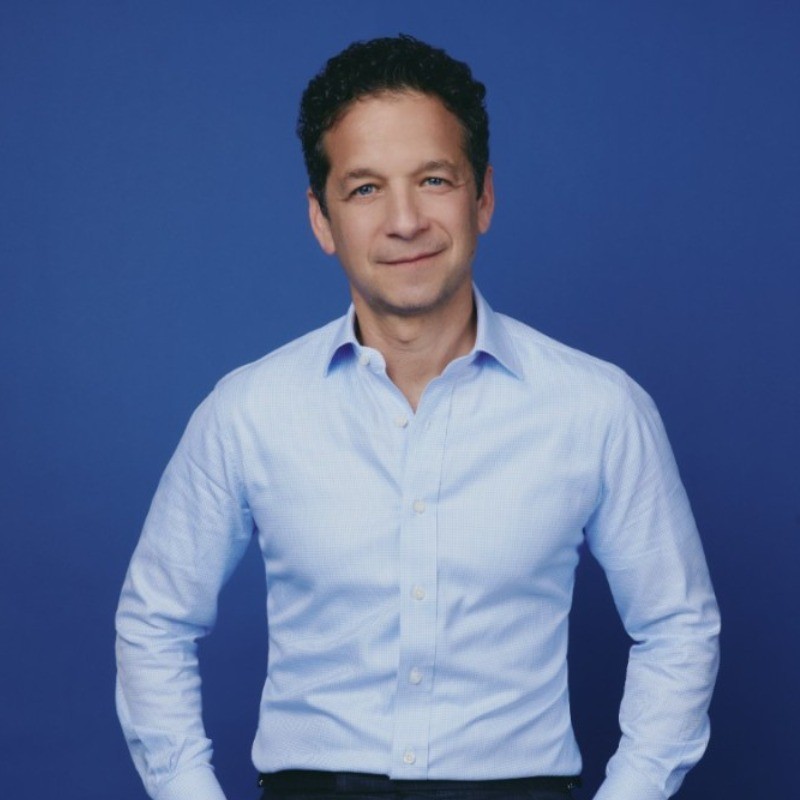The Socializing of Business: The Top Stories on LinkedIn (9/9-9/15)
There was a time when social actions —connecting, liking, sharing and more —were considered the kind of cute things college kids and twentysomethings did to pass their idle time. Then social became a Silicon Valley fad and the use of the terms and the actions grew. Now, as the most-shared stories on LinkedIn this week point out, those signals have now weaved their way into the fabric of business. And they’re altering long- and even recently-held truths.
Top 5 most-shared articles on LinkedIn (Sept. 9, 2011 – Sept. 15, 2011)
- Twitter Releases Web Analytics Tool, 9/13 (Mashable)
- Move Over Social Media; Here Comes Social Business, 9/11 (Fast Company)
- How Consumers Interact With Brands on Facebook, 9/12 (Mashable)
- How Social Media Affects Content Relevance in Search, 9/9 (Mashable)
- LinkedIn: Busting 8 Damaging Myths About What It Can Do For Your Career, 9/13 (Forbes)
Fast Company, which commands the No. 2 spot, reveals how IBM is preaching the idea of social business. As Big Blue defines it, social business involves taking the corporate voice and atomizing it. Instead of the c-suite crafting messages and sprinkling them on the masses, IBM staffers are becoming individual messengers, sharing and connecting with their enterprise customers.
That means turning the legions of consultants into “experts,” whose messages are shared everywhere. The transition hasn’t been easy. IBM’s approach has been to be nimble, correct mistakes fast, and deliver change in small increments. Former IBM CEO Lou Gerstner once likened getting IBM to shift as being like teaching an elephant to dance. Fast Company guest blogger Drew Neisser says getting IBM to embrace social has been more like eating an elephant: best done “one bite at a time.”
Even those companies who aren’t handing megaphones to their workers are being forced to rethink what it means to talk to customers. As Erica Swallow at Mashable points out, “51% of consumers said they are more likely to buy a product since becoming a fan on Facebook.” That’s a powerful incentive to collect fans; easier said than done. The old marketing messages don’t work. Today’s formula involves three steps that don’t come naturally to many brands: “Share compelling content, minimize marketing messages and refrain from overwhelming readers with too frequent updates.”
And social signals are changing how business gets discovered. Contently co-founder Shane Snow, writing in Mashable, details how search engines are increasingly paying attention to liking, following an +1’ing as they rank sites. Brands that link-purchased their way to top spots on Google or used mass-produced content to trick the algorithms now find themselves slipping out of site. Says Danny Sullivan, editor in chief of Search Engine Land:
The links that you build through social media, the references, the authority — all can have an impact in various ways on how you are ranked and listed even in ‘regular’ search results. Social media allows for people to provide more trusted signals.
No wonder that the No. 1 and No. 5 stories are about how to measure and how to avoid mistakes in social, whether by using Twitter’s new analytics tool or by keeping a quality presence on LinkedIn. Social is now serious business.
Other top-shared stories by professionals in these industries:
- Architecture: Architects say new houses are 'shameful shoebox homes,’ 9/14 (BBC)
- Banking: The Dodd-Frank Layoffs, 9/13 (Wall Street Journal)
- Design: Ikea Redesigns Classic Bookshelf, Foreshadows the Demise of Books, 9/10 (Time)
- Hospitals and health care: Booyah! Buy! Buy! Buy! Jim Cramer gets bullish on Walgreens, 9/9 (Drug Store News)
This week’s poll will hopefully straighten out some confusion from Mashable’s Facebook study story. The piece points out that 76% of consumers have never “unliked” a brand – the opposite finding of a January study that said 81% of consumers have unliked a brand or hidden its content. So which is it?
[linkedin-poll poll='149076/wbcpa']


